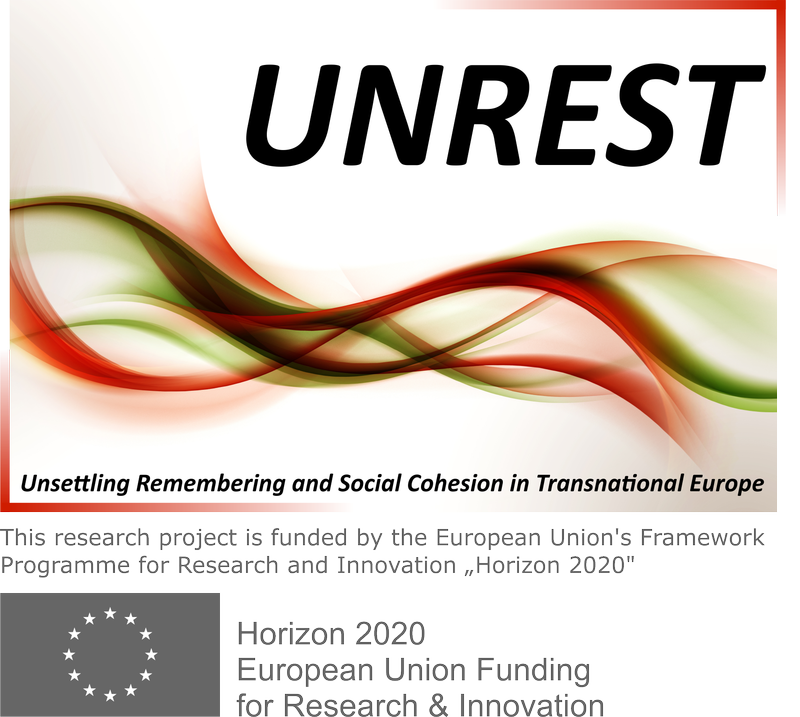CASE STUDY 1: SPAIN. 21st Century exhumations in Spain mostly refer to rearguard repression by the Nationalist army during the Civil War (1936-1939). The number of civilians executed under Francisco Franco’s orders during this period goes up to 150,000, according to recent historical research (Preston 2014). Contemporary diggings are different from the former Civil War exhumation cycles in the country in that (1) they take place in the context of the information age and have been exposed to widespread media attention both in traditional media and in the new digital social media; (2) they have been carried out by technical teams under the request of relatives and memorial grass-roots associations; (3) there has been a certain institutional coverage, including a 2007 Memory Act approved in the Parliament and over €20 million in governmental funding in the period 2006-2012; and (4) as part of a transnational drive to exhume past violence, also affecting other European countries, they have borrowed memory practices, styles and iconographies from an emerging global pool. In all, since 2000, around 300 exhumations of mass graves containing civilians have taken place, recovering a total of 6,000 bodies.
Whereas recent studies have attempted to trace some features of the cosmopolitan mode of remembering in the Spanish exhumation process (Baer and Sznaider 2015), this particular case has mostly given rise to both antagonistic and agonistic modes of remembering. While the controversy over the feasibility and opportunity of these exhumations has created considerable public scandal, the diggings have also opened new avenues for reflective, contextual and multi-perspectivist agonistic modes of interpreting and recycling them in the public sphere.
CASE STUDY 2: POLAND. There is a long history of exhumations in Poland since WWII. The best known case is Katyn in 1943, representing the complex memory politics regarding the traumatic past in Central Europe. As to contemporary diggings in this same area, in 1991 some exhumations took place in Piatykhatky (near Charkiv, Ukraine) and Miednoye (near Tver-Kalinin, Russia), two of the many places where the victims of the Katyn massacre where shot and buried. Further exhumations in other killing sites followed. In 2001, still more diggings took place in Jedwabne, related to mass graves containing at least 340 Polish Jews killed by their Polish neighbours in a pogrom on 10th July 1941, only a few days after the German invasion. This exhumation ran into problems when Jewish Rabbis objected to the further manipulation of the buried bones by technical teams, which contradicted religious belief.
Other contemporary exhumations, carried out in many places in Poland, mostly relate to cases of Poles killed under German occupation and of members of the anti-communist resistance movement killed by the Polish militia, army or secret service in the years 1944-1953. Some of the exhumations –if the victims concerned were Polish citizens- are carried out, with the consent of local authorities, on the territory of neighbouring countries. Exhumations are mostly conducted by state institutions: The Council for the Protection of Struggle and Martyrdom Sites (Rada Ochrony Pomników Walki i Męczeństwa) and The Institute for National Remembrance (Instytut Pamięci Narodowej, established in 1999). In May 2014 a special Council for the Project of the Search for Burial Places and Identification of Victims of Totalitarian Regimes (Rady Projektu Poszukiwań Miejsc Pochówku i Identyfikacji Ofiar Totalitaryzmów) was established to supervise the process.
